The Face on the Radio
Posted on July 3, 2011 by bob in Features
by Lenore Vickrey; photos by Bob Corley
When you turn on the radio these days, depending on the time of day, more than likely the announcer you’re hearing isn’t anywhere near the station you’re listening to. He or she could be in Birmingham, or Charlotte, or Los Angeles. Or he could be sitting at home or on vacation. But he’s likely not in the studio, and fewer and fewer announcers are.
The radio days of 2011 are nothing like the heyday of the 1980s and 90s in central Alabama, when WLWI dominated airwaves with its 100,000 watts of power, broadcasting country music and featuring on-air personalities like “Dr. Sam” Faulk, Don Day and Rhubarb Jones.
“The number of personalities has decreased because of automation across the board,” said Faulk, 57, who calls himself a “corporate casualty” of changes in the business.
Many live personalities from yesteryear like himself have been replaced by either syndicated shows produced elsewhere, or by “voice-tracking.” The latter is a process by which a disc jockey pre-records snippets of his or her on-air banter, which is then combined with music, jingles and commercials to produce what sounds like a live program.
For Faulk, who hit the airwaves in 1972, it’s been tough to watch his industry evolve over the past 40 years.
Born in Dothan, he grew up in Elba listening to Bill J. Moody on WBAM-AM 740. Ironically, he’s come full circle, and now works at the locally owned and operated WBAM-FM Bama Country as an account executive/announcer.
Faulk joined the staff of WLWI in late 1977, and was there when it went on the air in January 1978. He was operations manager for station manager Don Markwell for five years, in addition to hosting a popular morning show.
“We literally had the power to dictate because of the size of our listening audience,” he remembered. “We could control who had a hit or not.”
The station dominated the airwaves, growing rapidly and starting sister stations in Pensacola and Chattanooga.
“We were built on music and personality,” said Faulk, who was nominated three times for Country Music Association Broadcast Personality of the Year. In 1989 he won that prestigious national honor. Kenny Rogers made the presentation as part of that year’s CMA Awards.
During that time ratings were high and ad sales were lucrative. But Faulk and other industry observers say things seemed to change in 1998 after the station was sold to an Atlanta-based national corporation. Once the stations were no longer in local hands, Faulk said, the appreciation for longtime employees waned.
“Dedicated employees used to have weight,” he said. “When a lot of record companies and radio stations started being bought up by large corporations, dedicated employees turned into numbers.”
Faulk worked at WLWI through 1993, then shifted to WMMK in Destin, returning to Mix 103 in 1998. He came back to WLWI in 2006 where he stayed until June 2010 when his live morning show was replaced with the syndicated “The Rick and Bubba Show.”
Another longtime radio personality, Grundy, Va., native Larry Stevens, was at WHHY-AM and FM for almost 25 years, including time as program director. He left there in 1994 to help put MIX 103 on the air.
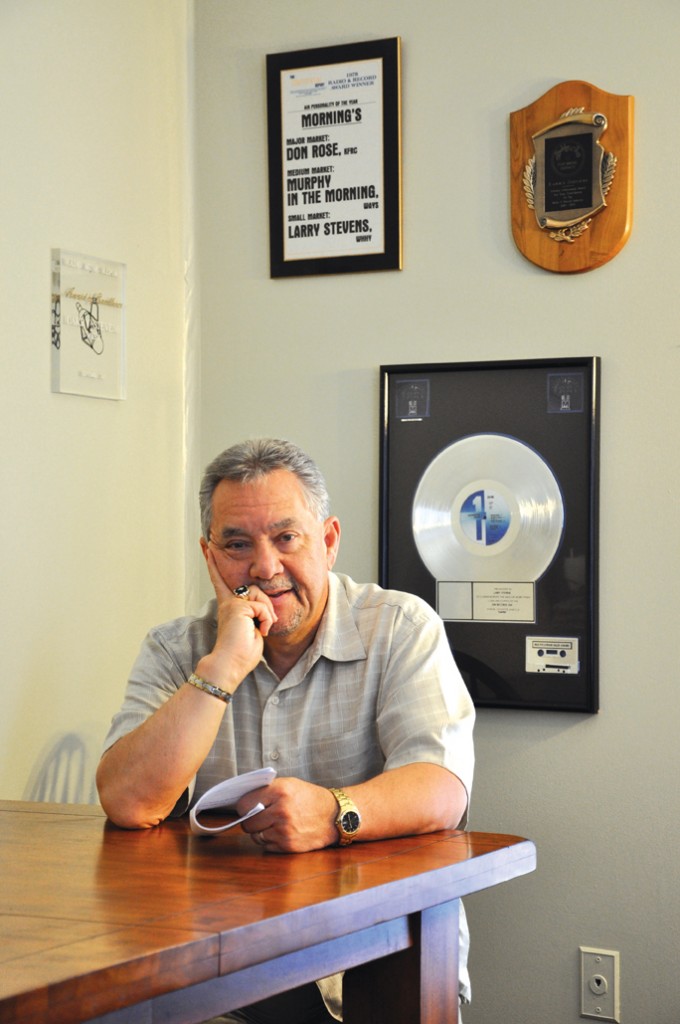
Larry Stevens’ wall holds a souvenir from his radio days, a platinum album celebrating an artist’s sale of one million CDs and cassettes.
“I left there in September 1996 when the company was in the process of being sold, and they began to let top level executives go with no explanation,” Stevens said. “They demoted me and cut my salary. That’s when I took my goodies and left. It was the best thing that ever happened because it forced me to think about other things I wanted to do in my life.”
Now 63 and a grandfather of five, Stevens runs a successful Montgomery ad agency. As a favor to a friend and as a ministry, he also does voice tracking in the afternoons on The River, a contemporary Christian music station at 101.5.
Stevens says the changes in radio really began when the Federal Communications Commission changed its regulations and allowed companies to own more than one FM and one AM station in the same radio market. Other factors contributed to the current state of radio, including advances in technology that let stations operate without live persons in the studio, the advent of instantly delivered syndicated programming, and the growth of satellite and internet radio.
Some stations still have live announcers, primarily in the mornings or on “talk” or sports talk radio. But no local station is fully staffed with live on-air talent around the clock. Local newsrooms, with very few exceptions, have become another casualty.
“Every [police] siren was an ad for our station,” said Stevens. “All you had to do was tune in to find out what was going on. Most stations today don’t have a [total] staff of six or seven people, and I had that for just my morning show on WHHY,” he said. “I have great respect for those who are working in the business, and some do a better job than others. But I don’t see anything compelling people to local radio. It seems to be an issue of dollars more than anything else.”
Back in the day, if Stevens had an idea, “I just did it. Now, anything has to go through six vice presidents and four regional program directors.”
In 1974, for example, he started the first very successful Zoo Weekend with McDonald’s and brought in Eddie Money to put on a concert.
“We had that kind of clout,” he said. “Now you can’t do that anymore because of the way corporations are set up.”
Now, after the better part of a year away from the local market, “Dr. Sam” is back on the air with a live, 6-9 weeknight program. The good old days of radio may never return, but Faulk is happy where he is, where he says listener relationships are valued, and stations have local contests, take requests and give away tickets.
“All decisions are made here,” he says. “We like to say we’re local folks helping local businesses.”










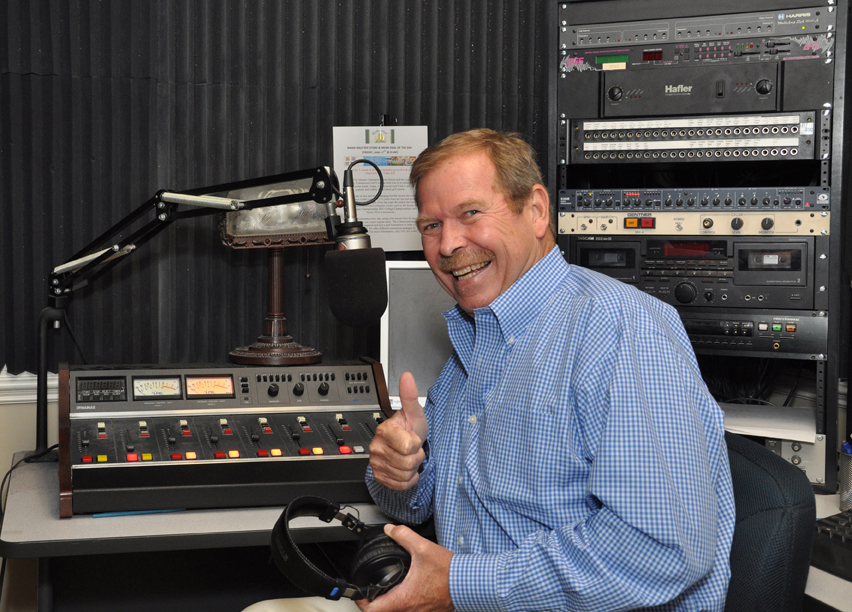
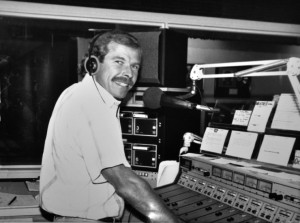
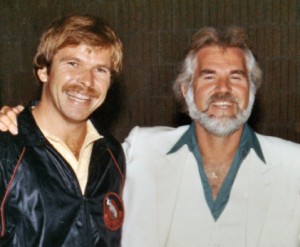
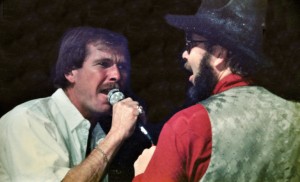
4 Responses to “The Face on the Radio”